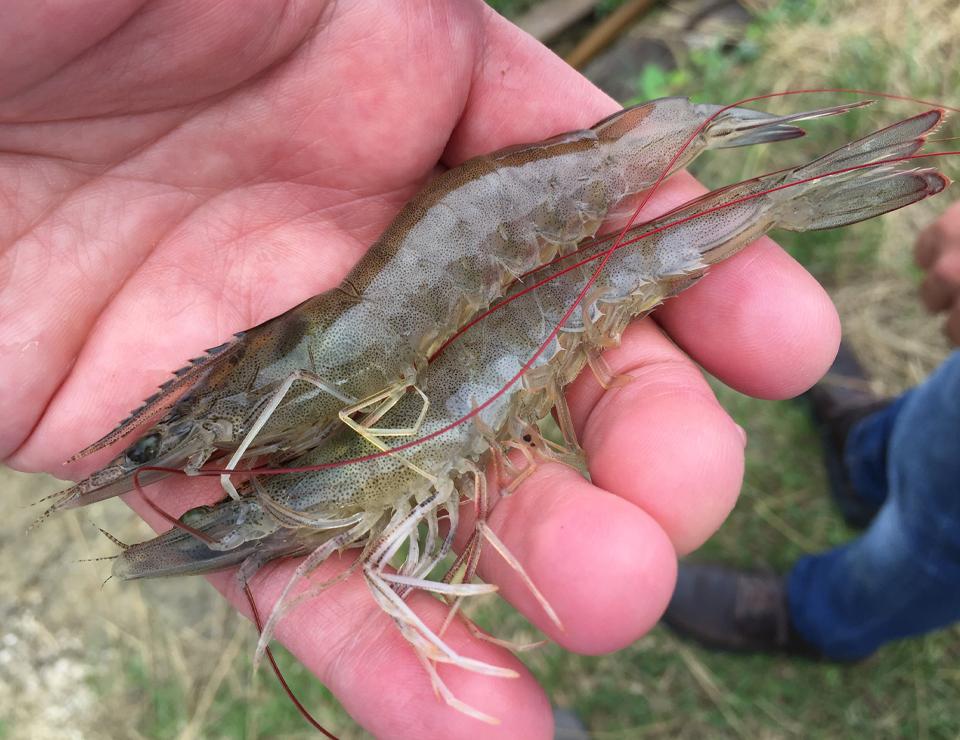Where Does My Seafood Come From?
Most of us are aware of seafood’s nutritional benefits. It’s high in heart-healthy omega-3 fatty acids and vitamins such as D and B2 and low in saturated fat. It’s an ideal source of minerals such as iodine, iron, magnesium, potassium and zinc. Seafood provides more than 3.1 billion people with almost 20 percent of their average per capita intake of animal protein.
But some of us, especially those removed from the farming and fishing communities that produce the seafood we eat, are unfamiliar with the protein’s origins.
Why? The explanation is rooted in the intricate nature of seafood. There are dozens of finfish and shellfish species farmed and caught for food, and the method of production varies by species and geography. There are dozens of countries that produce seafood, and there are dozens of countries that import more seafood than they produce. Seafood is the world’s single-most traded food commodity.
Misperceptions about aquaculture and fisheries tend to be based on an unfamiliarity with it. With that in mind, the Global Aquaculture Alliance’s learning solutions team has produced a seven-minute video outlining the multiple methods of production, for both farmed and wild-capture product, for consumers who are curious about their seafood’s origins.
Wild-captured seafood:
- Spearfishing: Although not as widely used as some of the other commercial fishing methods, spearfishing is one of the oldest methods for catching fish still being used today. Examples of fish typically caught by spearfishing include yellowfin tuna, swordfish and other large billfishes.
- Hand gathering: This technique requires little to no equipment other than your hands. Examples of seafood typically harvested by hand gathering include clams, crabs, oysters, lobsters and scallops.
- Line fishing: With line fishing, a line with one or many baited hooks attached is cast, dropped or dragged in the water to hook fish. Examples of seafood typically caught by line fishing include tuna, snapper, grouper and cod.
- Dredging: A dredge performs like a giant metal rake that is towed along the bottom of the sea floor by a fishing boat. Examples of seafood typically harvested by dredging include oysters, clams, mussels and scallops.
- Netting: Nets can be dragged behind or alongside fishing vessels, tossed in the water and brought back in, or even dropped and suspended in the water and returned to later. Examples of seafood typically caught by netting include anchovies, mackerel, cod and squid.
- Pots and traps: The typical design for a pot or trap allows a sea animal to enter through an opening to get the bait, and once inside it cannot escape. Examples of seafood typically caught using pots and traps include lobster and crabs.
Farmed seafood:
- Net pens: Nets pens are large pocket-shaped pens are typically used for rearing finfish. Examples of seafood typically raised using net pens include salmon and sea bass.
- Flow-through systems: Flow-through systems divert source water from a nearby stream or spring to flow through artificial canals, ponds or channels containing fish. Examples of seafood typically raised in flow-through systems include trout and salmon.
- Recirculating aquaculture systems: Known as RAS, fish are reared in indoor tanks, where the water is filtered and cleaned and then recycled back through the system. Examples of seafood typically raised using recirculation aquaculture systems include salmon and striped bass.
- Ponds: Ponds are typically man-made structures and can vary in size and depth depending on available land space and animal species being raised in them. Examples of seafood typically raised in ponds include shrimp, tilapia, carp and catfish.
- Suspended aquaculture: With suspended aquaculture, shellfish grow on suspended ropes, floating rafts or bags. Examples of seafood typically raised using suspended aquaculture include oysters, clams and mussels.




